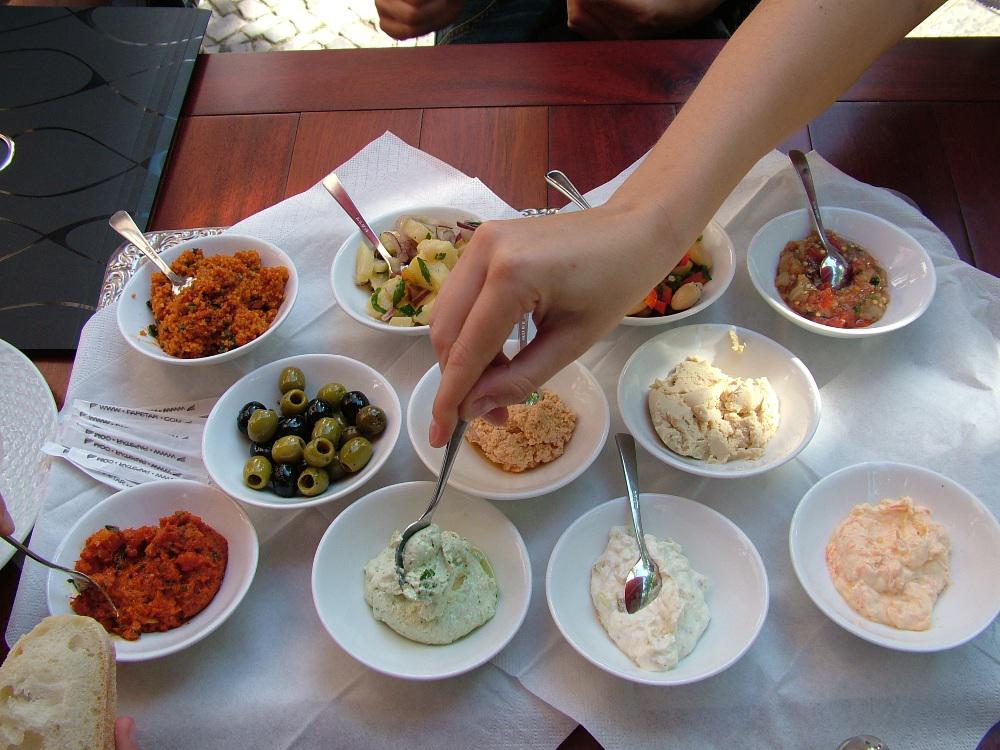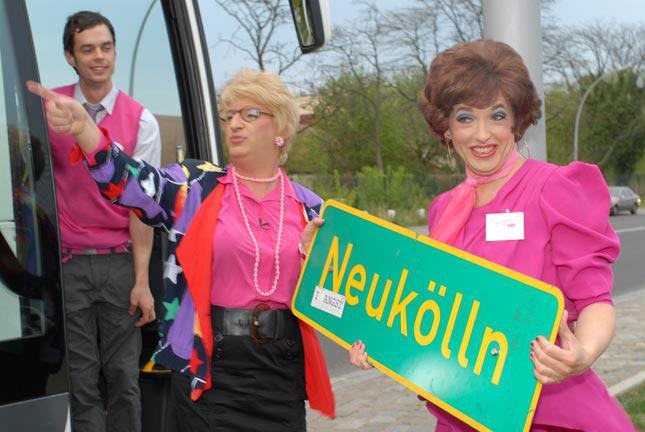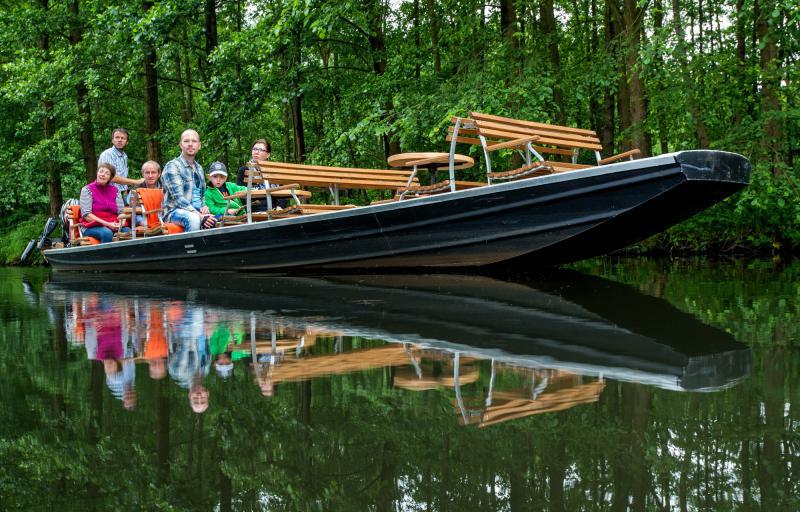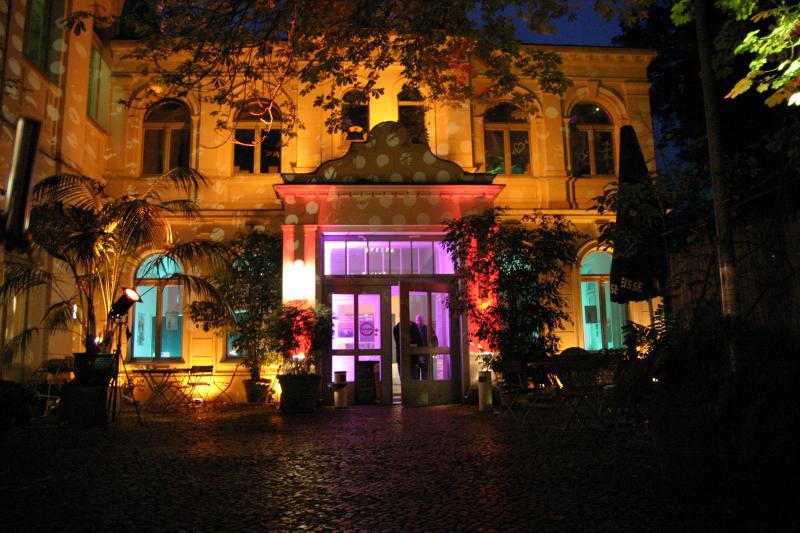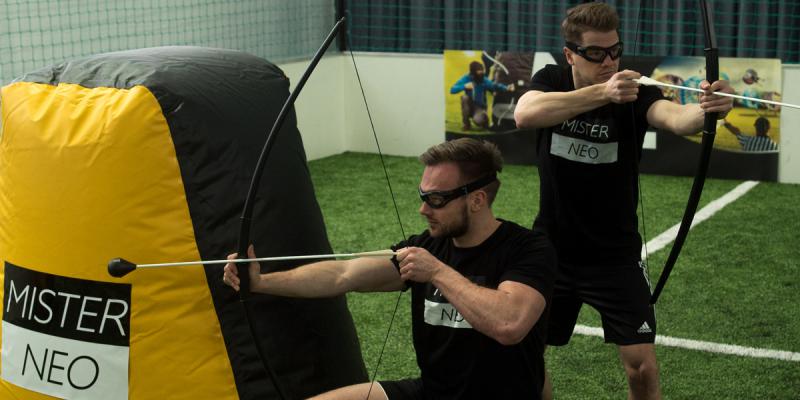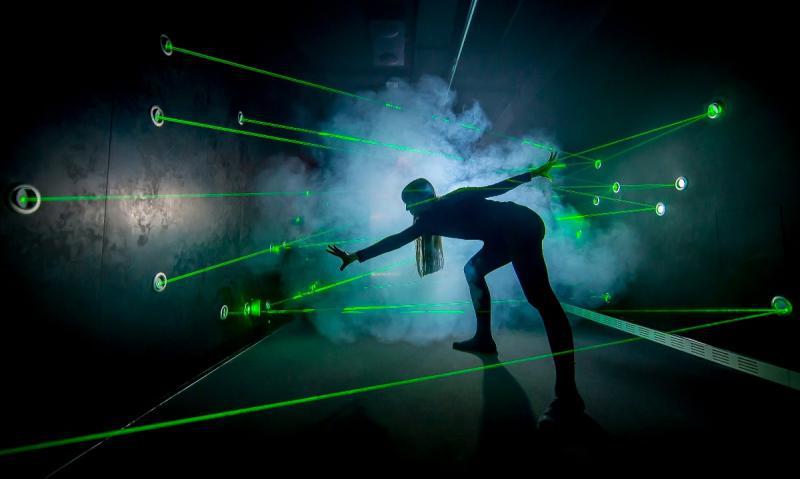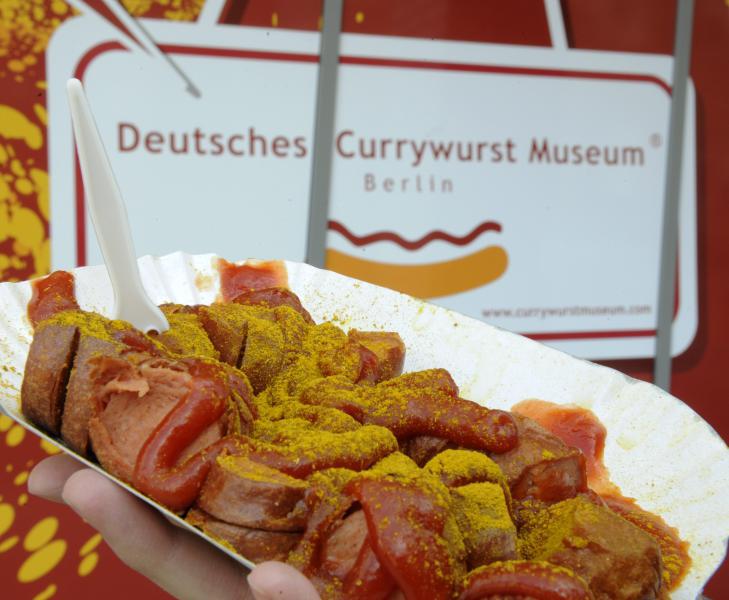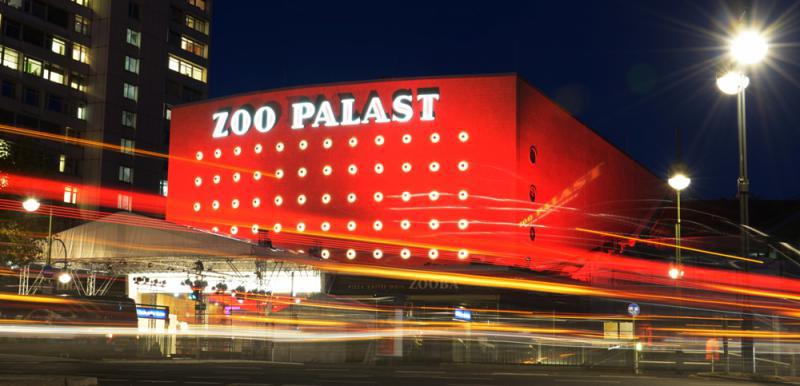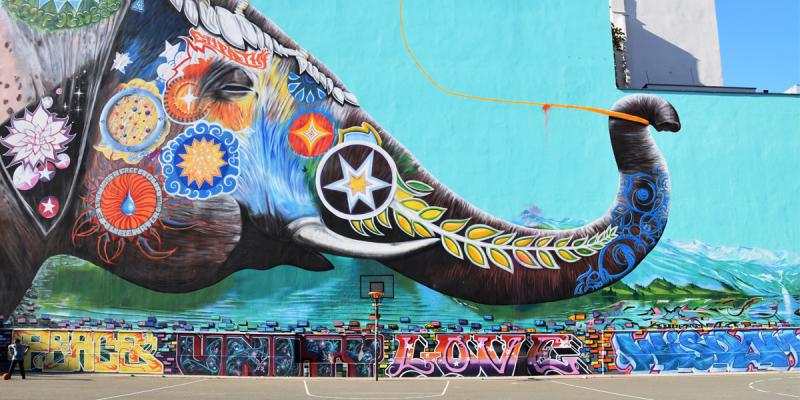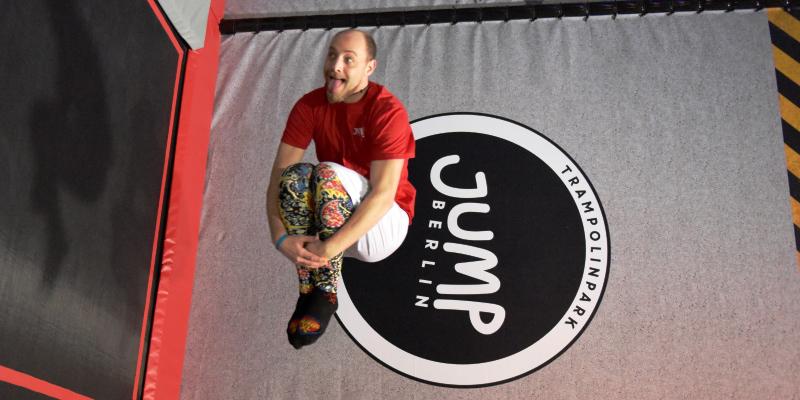Mitte
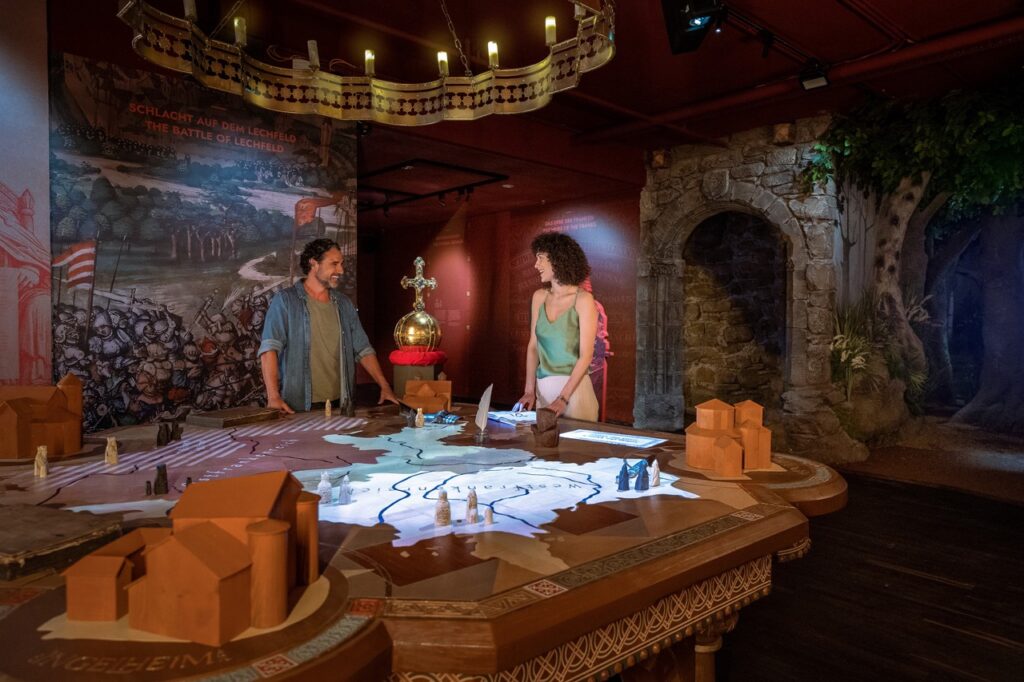
Many people are interested in history, but unfortunately museums also have a reputation for being somewhat dry and boring. Things are very different at the Deutschlandmuseum Berlin on Leipziger Platz. Here, history is brought back to life and visitors can immerse themselves up close and with all their senses in the world of past times.
The Battle of the Teutoburg Forest, the trenches of the First World War and the atmosphere of the Roaring Twenties are just a few of the twelve historical eras that visitors can explore at the Deutschlandmuseum Berlin. The journey through time stretches back over 2,000 years, spread over an area of around 1,400 square meters. The virtual museum offers imaginatively designed, true-to-life rooms with 3D animations, projections, real films, interactive installations, unique exhibits and sound effects. Even smells are used to bring historical places to life, while you can hear the creaking of floorboards under your feet or enter the battlements of a knight’s castle.
The tour is designed as a linear journey through time. The twelve eras are arranged chronologically and range from the uprising of the Germanic tribes to the Middle Ages and the founding of the German Empire. The wars are included, but also the times of the Reformation and Enlightenment. The division of Germany into the FRG and GDR is also integrated, as are the United Germany, the Love Parade and the 2006 Football World Cup. You can operate a printing press, look into the windows of old pharmacies or gramophone stores, try out what it was like to use a medieval latrine, or enter a 1920s bar with swing music and dancing in the Weimar Republic.
The various exhibition rooms are lovingly designed in great detail like movie sets and often feature real historical objects. You can even touch some of the exhibits. There is a medieval execution sword, which was not used for fighting but for executions, or a store with prostheses, which is a reminder of the consequences of the First World War. In the museum, you will come across the rare exhibit of an 18th century violin made by violin maker Ficker, a Biedermeier pipe and an old hero’s book, or find out what an original pickelhaube or a Wehrmacht helmet looked like. History is taught in a playful way. No previous knowledge is necessary. The Deutschlandmuseum in Berlin is therefore also an exciting experience for children and school classes.



